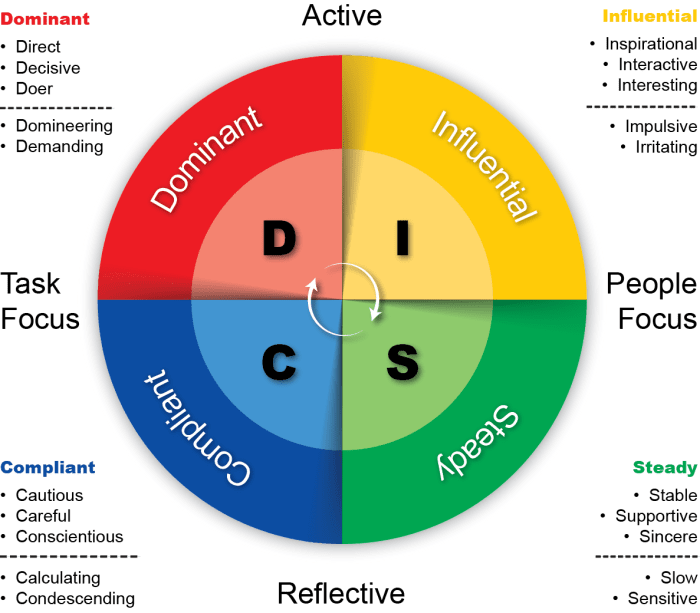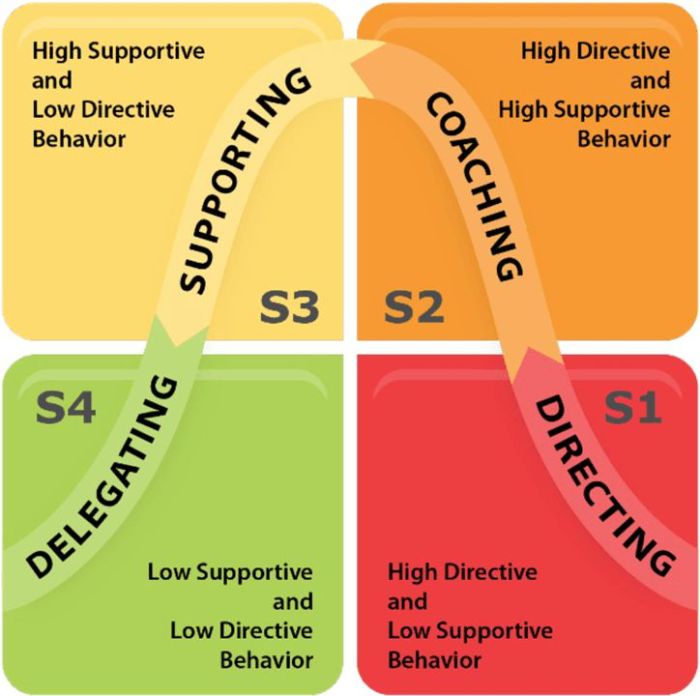Leadership One Behavior and Styles: Delving into the profound impact of leadership behaviors and styles on organizational outcomes, this comprehensive exploration unravels the intricacies of effective leadership. From defining leadership behaviors and styles to examining their impact and the process of developing them, this discourse provides a thorough understanding of the complexities of leadership.
Leadership behaviors and styles are fundamental to shaping organizational outcomes. Leaders who adopt positive behaviors and styles foster a positive work environment, enhance employee motivation, and drive organizational success. Conversely, ineffective leadership behaviors and styles can lead to low morale, decreased productivity, and organizational decline.
1. Leadership Behaviors and Styles

Leadership behaviors and styles refer to the observable actions and approaches that leaders adopt in guiding and influencing their followers. These behaviors and styles shape the leader’s interactions with subordinates, peers, and superiors, and ultimately impact organizational outcomes.
Types of Leadership Behaviors and Styles
- Autocratic Leadership:Leaders make decisions without consulting others and expect strict obedience from subordinates.
- Democratic Leadership:Leaders involve subordinates in decision-making, seeking input and considering different perspectives.
- Laissez-faire Leadership:Leaders provide minimal guidance and allow subordinates to make most decisions independently.
- Transformational Leadership:Leaders inspire and motivate followers to transcend their self-interests and work towards a common goal.
- Transactional Leadership:Leaders exchange rewards and punishments to motivate followers to meet specific performance targets.
2. The Impact of Leadership Behaviors and Styles: Leadership One Behavior And Styles

Leadership behaviors and styles have a significant impact on organizational outcomes, including employee morale, productivity, and innovation. Positive leadership behaviors, such as democratic and transformational leadership, can foster a positive work environment, enhance employee motivation, and lead to improved organizational performance.
Examples of Leadership Impact
- Positive Impact:Democratic leadership in a tech company led to increased collaboration and innovation, resulting in the development of groundbreaking products.
- Negative Impact:Autocratic leadership in a healthcare organization led to high employee turnover and reduced patient satisfaction.
Moderating Factors
The impact of leadership behaviors and styles is moderated by factors such as organizational culture, task characteristics, and follower characteristics.
3. Developing Leadership Behaviors and Styles
Developing effective leadership behaviors and styles requires a conscious effort and continuous learning. Key skills and competencies include:
- Communication
- Emotional intelligence
- Conflict resolution
- Strategic thinking
- Visionary leadership
Tips for Development
- Seek feedback from others.
- Attend workshops and training programs.
- Engage in self-reflection and journaling.
- Model effective leadership behaviors.
- Practice active listening and empathy.
4. The Future of Leadership Behaviors and Styles

The future of leadership is evolving, with emerging trends shaping the behaviors and styles of leaders:
Trends, Leadership one behavior and styles
- Increased emphasis on emotional intelligence and empathy.
- Shift towards agile and adaptive leadership.
- Greater focus on diversity and inclusion.
- Use of technology to enhance leadership effectiveness.
Challenges and Opportunities
Leaders will face challenges and opportunities in the future, including:
- Managing a diverse and remote workforce.
- Adapting to rapid technological advancements.
- Fostering a culture of innovation and collaboration.
Recommendations
- Embrace lifelong learning and continuous development.
- Develop emotional intelligence and cultural competence.
- Foster a supportive and inclusive work environment.
- Leverage technology to enhance leadership effectiveness.
FAQ Corner
What are the key elements of effective leadership behaviors and styles?
Effective leadership behaviors and styles encompass a range of skills and competencies, including communication, empathy, decision-making, conflict resolution, and emotional intelligence.
How can leaders develop their leadership behaviors and styles?
Leadership behaviors and styles can be developed through self-reflection, feedback, training, and experience. Leaders can identify areas for improvement and engage in targeted development activities to enhance their leadership effectiveness.
What are the common challenges faced by leaders in developing their leadership behaviors and styles?
Leaders may face challenges such as resistance to change, lack of support, and personal biases. Overcoming these challenges requires self-awareness, adaptability, and a commitment to continuous improvement.